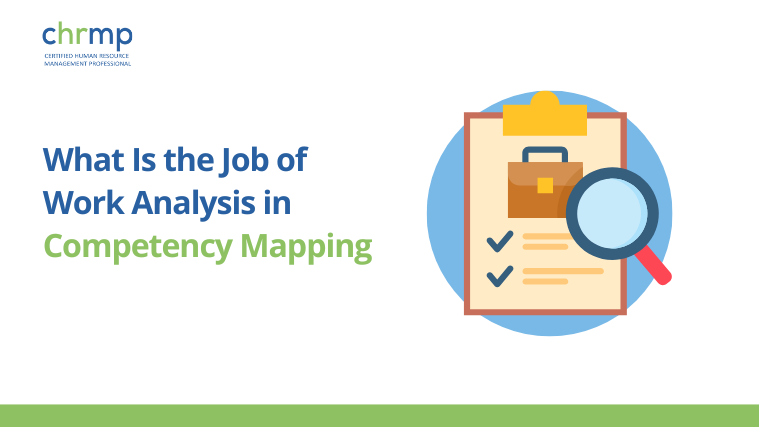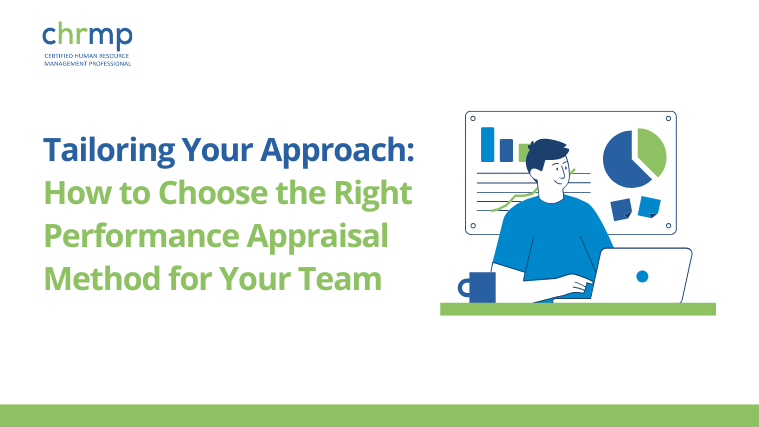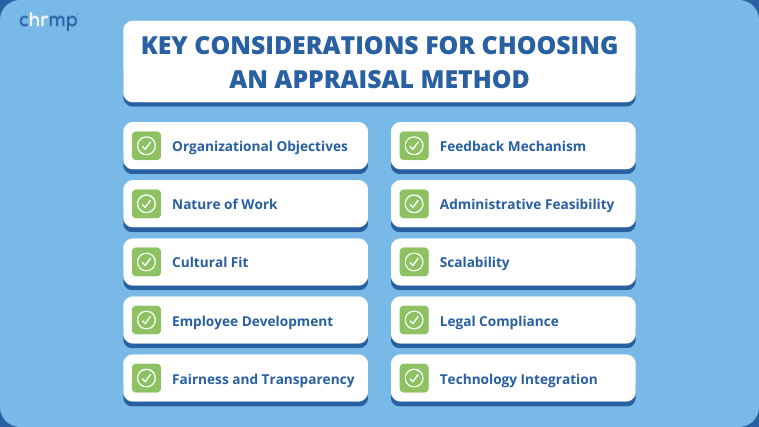

At its core, performance appraisal is the bridge between employee effort and organizational goals. It’s a strategic tool within the broader spectrum of performance management, designed to evaluate, inform, and enhance both individual and team output. But its impact stretches far beyond mere assessment, touching on employee motivation, satisfaction, and development.
Performance appraisal, often referred to as performance review or evaluation, is a systematic process of assessing and evaluating an employee’s job performance in relation to pre-established goals, expectations, and competencies. It serves as a valuable tool for both managers and employees to measure progress, identify strengths and areas for improvement, and align individual performance with organizational objectives.
The evolution of performance appraisal methods tells a story of adaptation and growth. Initially characterized by rigid, hierarchical assessments, the landscape has now shifted towards methods that foster open dialogue, personal development, and mutual understanding between managers and their teams.

Traditional performance appraisal methods are characterized by their straightforward, often quantitative, approach to evaluating employee performance. These methods have laid the groundwork for assessing employees in various organizational contexts. Let’s delve deeper into some of these foundational methods:
The rating scale is perhaps the most emblematic of traditional appraisal methods. It employs a numerical or descriptive scale to assess specific performance factors. The clarity and simplicity of rating scales make them enduringly popular. They facilitate easy comparison of performance metrics across individuals and time periods. However, crafting effective scales requires careful attention to ensure they accurately reflect job performance without bias.
The written essay method offers a narrative assessment of an employee’s contributions, strengths, weaknesses, and areas for development. This qualitative approach allows for a detailed and personalized feedback process. It’s particularly valuable for capturing the nuances of an employee’s performance that numbers alone can’t convey. The effectiveness of this method hinges on the evaluator’s ability to provide clear, constructive, and balanced feedback.
Checklists present evaluators with a list of performance attributes or behaviors, asking them to indicate the presence or absence of each trait in the employee’s performance. This method simplifies the appraisal process, making it efficient and straightforward to execute. While it provides a quick snapshot of performance, its binary nature may not capture the full spectrum of an employee’s contributions and areas for growth.
In contrast to traditional methods, contemporary appraisal techniques emphasize a more holistic, interactive, and development-oriented approach to performance evaluation. These methods aim to provide a comprehensive view of an employee’s performance, incorporating feedback from various sources and focusing on continuous improvement.

360-degree feedback represents a paradigm shift towards a more inclusive evaluation process. By gathering insights from a broad range of sources, including managers, peers, subordinates, and sometimes clients, this method offers a multi-faceted view of an employee’s performance. It underscores the importance of diverse perspectives in understanding strengths and identifying areas for development. Implementing 360-degree feedback effectively requires a culture that values open, constructive feedback and views the appraisal process as a tool for personal and professional growth.
Self-evaluation combined with Managerial Review is a dual-layered approach that enhances traditional performance appraisal methods by involving employees in their own evaluation process. This approach not only empowers employees but also promotes greater transparency and dialogue in the performance management process.
Peer reviews leverage the insights of colleagues to provide a detailed assessment of an employee’s performance. This approach recognizes the value of feedback from those who work closely with the employee, offering a unique perspective on their day-to-day contributions and behavior. Effective peer reviews depend on a foundation of trust and mutual respect, enabling honest and constructive feedback that can drive personal development and team cohesion.
Behaviorally Anchored Rating Scales (BARS) merge the quantitative rigor of rating scales with qualitative, behavioral observations, creating a more nuanced appraisal tool. BARS are developed through a meticulous process that involves identifying key performance dimensions, collecting and categorizing critical incidents of effective and ineffective behaviors, and then anchoring these behaviors along a rating scale. This method provides specific, behavior-based feedback, making it easier for employees to understand how their actions align with expected performance standards and where improvements can be made. BARS are particularly effective in roles where performance outcomes are directly tied to specific behaviors, offering a clear path to enhancement and development.
The Critical Incident Appraisal Method focuses on the identification and documentation of instances where an employee’s performance has significantly exceeded or failed to meet expected standards. By concentrating on specific behaviors that have a direct impact on success or failure in job tasks, this method helps clarify what is expected of employees in their roles. It encourages managers and employees to focus on concrete events rather than general impressions, facilitating more objective and meaningful discussions about performance. This approach is especially useful for reinforcing organizational values and standards, as well as for identifying training and development needs.
Assessment Centres are not confined to the recruitment process; they can be an integral part of the internal appraisal and development framework. These centres involve a series of exercises designed to simulate real work challenges, allowing employees to demonstrate their skills and competencies in a controlled but dynamic environment. Activities can include group discussions, simulations, role-playing, and problem-solving exercises. Assessment Centres provide a comprehensive view of an employee’s capabilities, potential, and areas for improvement, offering insights that are difficult to glean from more traditional appraisal methods. This method is particularly valuable for identifying leadership potential and planning succession within an organization, as it allows for the observation of performance and behavior in diverse, challenging scenarios.
The 720-degree feedback method extends beyond the already comprehensive 360-degree feedback by incorporating external evaluations and a follow-up process to reassess progress based on initial feedback. It operates in two full cycles: the first cycle gathers feedback from internal sources—peers, subordinates, and supervisors—and external sources such as clients and suppliers. The second cycle occurs after the implementation of development actions based on the first round of feedback, where the same respondents reassess to see how changes have been perceived and the impact they have had.
This dual-cycle approach allows for a continuous loop of feedback and improvement, making it particularly valuable in dynamic environments where ongoing development is critical. It provides a deeper insight into an employee’s performance over time and extends the feedback process to include how external parties view the employee’s competencies and behavior. This method is highly effective in roles that interact frequently with external stakeholders and where long-term relationships and performance improvements are critical.

Choosing the right appraisal method is crucial for accurately assessing employee performance and supporting their development within an organization. The chosen method should align with the organization’s strategic goals, workplace culture, and specific needs of both the employees and the organization. Here are key considerations to keep in mind when selecting an appraisal method:
By carefully considering these factors, organizations can choose an appraisal method that not only evaluates performance effectively but also enhances employee engagement, supports personal development, and drives organizational success.
Several leading organizations across various industries have adopted innovative performance appraisal methods to better align with their dynamic business environments and culture. Here are a few examples of companies that have implemented new approaches to performance evaluation:
Deloitte revamped its performance management system by moving away from traditional appraisal practices to a model that emphasizes frequent, informal check-ins. The new system, called “Performance Snapshots,” is designed to provide real-time feedback to employees rather than yearly reviews. This approach aims to foster ongoing dialogue between managers and their teams, focusing on performance development and future growth rather than past behaviors.
Adobe is another prominent example of a company that has abandoned traditional annual performance reviews in favor of “Check-ins.” Adobe’s Check-ins are informal and manager-driven, focusing on setting clear expectations, providing regular feedback, and offering real-time coaching. This shift has not only increased employee engagement but also reduced voluntary turnover significantly, as reported by the company.
GE historically used a “rank and yank” method that forced managers to grade employees on a curve, but it has since moved to a more flexible system called “Performance Development.” This new approach is an app-based system for continuous dialogue and feedback that includes touchpoints and summary discussions annually. The system is designed to facilitate frequent updates on goals and regular feedback on strategies, helping employees align more closely with ongoing projects and the company’s strategic goals.
Google employs a continuous performance management process, which includes regular reviews known as “Googlegeist.” Their approach combines peer feedback, self-assessment, and manager evaluations, all powered by a strong internal platform that helps track ongoing achievements and areas for development. Google’s method focuses heavily on development, coaching, and continuous improvement, reflecting its commitment to innovation and employee growth.
Microsoft has transformed its performance management process to focus more on teamwork and learning rather than on ranking against peers. Their system encourages employees to focus on personal growth, customer obsession, diversity, and inclusion. Feedback is provided through a tool that enables employees to receive and provide ‘perspectives,’ which are constructive feedback comments to help colleagues recognize impacts and blind spots.
IBM has shifted from a traditional performance review system to a more dynamic approach called “Checkpoint.” Instead of annual reviews, employees set shorter-term goals and receive feedback on their performance in real-time throughout the year. This method focuses on frequent communication between employees and managers, emphasizing continuous learning and adaptability. The Checkpoint system evaluates employees on five dimensions that are critical to the company’s success, promoting alignment with overall business objectives.
Accenture eliminated annual performance reviews and rankings in favor of an approach that involves timely feedback directly linked to individual projects and tasks. This model is designed to be more immediate and less formal, with a focus on enhancing performance in the flow of work rather than through retrospective assessments. The system aims to foster personal growth and greater business agility by aligning employee goals more closely with client demands and market conditions.
Netflix employs a distinctive performance appraisal method that emphasizes radical honesty and transparency. They have a 360-degree review process that involves employees receiving candid feedback from peers, subordinates, and managers. The feedback is often delivered in live, face-to-face meetings where employees can discuss what they did well and where they can improve. Netflix’s culture of “Freedom and Responsibility” encourages high performance and accountability, supporting a system where feedback is intended to stimulate personal and professional development rather than to allocate bonuses or promotions.
SAP has introduced a cloud-based performance management system that focuses on simplifying the process and making it more effective. Their system emphasizes regular check-ins and feedback exchanges instead of detailed documentation and annual reviews. SAP’s approach is designed to support ongoing dialogue about goals and expectations, enabling employees to adapt more quickly to changing priorities and to align more closely with the company’s strategic direction.
Cargill redesigned its performance management processes to focus on everyday performance and development, moving away from annual reviews and ratings. Their approach emphasizes employees receiving continuous feedback and coaching from their supervisors, aimed at fostering growth and learning throughout the year. The change was driven by a desire to build a more engaged workforce and to better reflect the company’s values of employee empowerment and responsibility.
Choosing the right performance appraisal method is an ongoing process of adaptation and refinement. It’s about understanding your team, aligning with organizational goals, and being open to evolution. As you embark on this journey, remember that the ultimate goal is not just to assess but to empower and uplift your team to new heights.
Discover how our Talent Management Certification can transform your organization’s success—download the comprehensive program plan now and take the first step towards unlocking your team’s full potential!
(Download NOW ! Talent Management Certification program plan)

© 2007-2025 CHRMP| All Rights Reserved | Powered by Ripples Learning & Research Private Limited
